Food safety often gets overlooked when cooking at home, but knowing the facts could save you from an unpleasant bout of food poisoning.
Myth 1: Dates on food are expiration dates
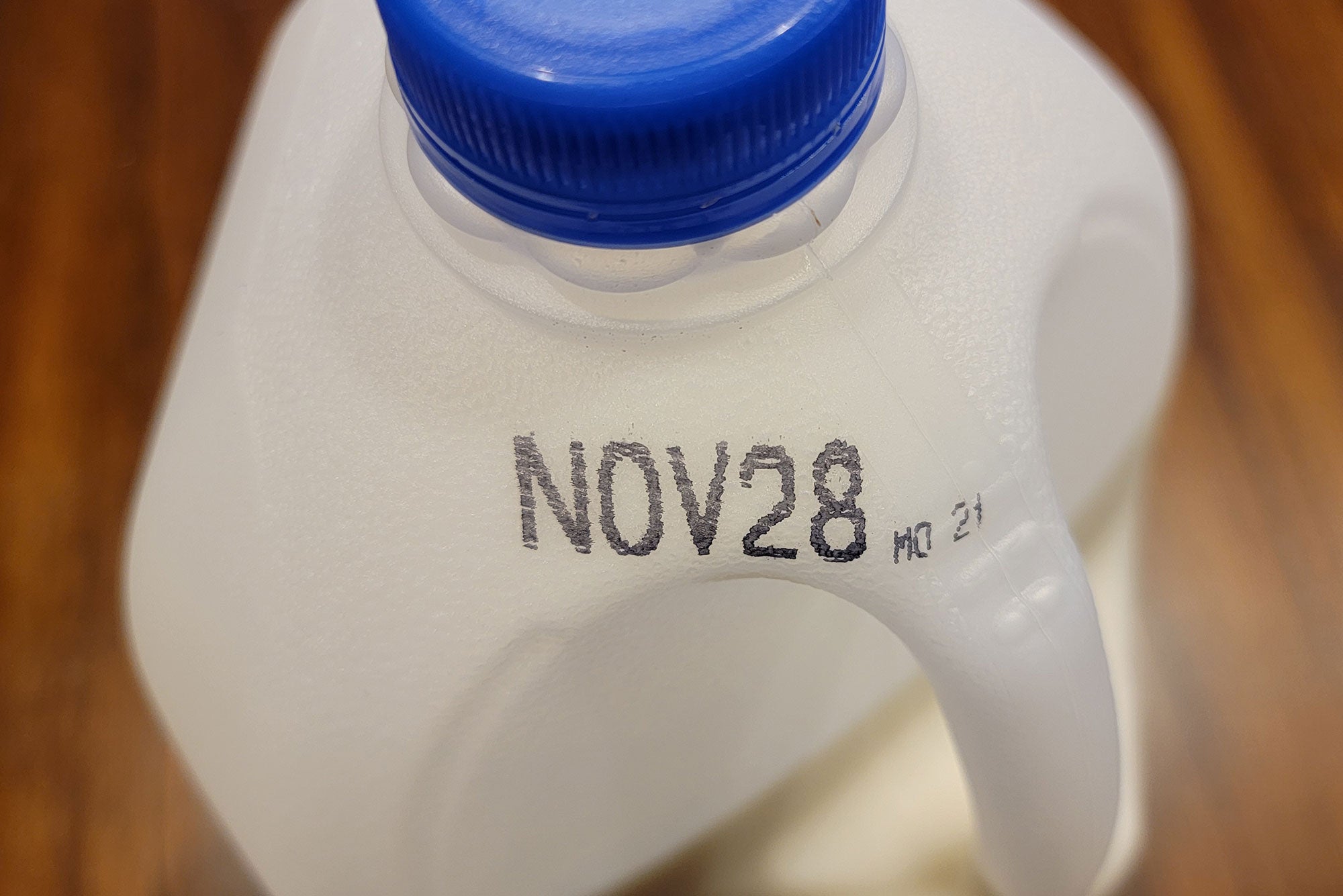
In the U.S., open dating, which is a calendar date applied to a food product by the manufacturer or retailer, is found on most foods, including meat, poultry, egg and dairy products. These dates provide consumers with information on the estimated period of time for which the product will be of best quality and to help the store determine how long to display the product for sale. These dates are not an indicator of the product’s safety (except for infant formula), rather, they help consumers and retailers decide when food is of best quality.
Myth 2: Raw milk is just as safe as pasteurized and is more nutritious
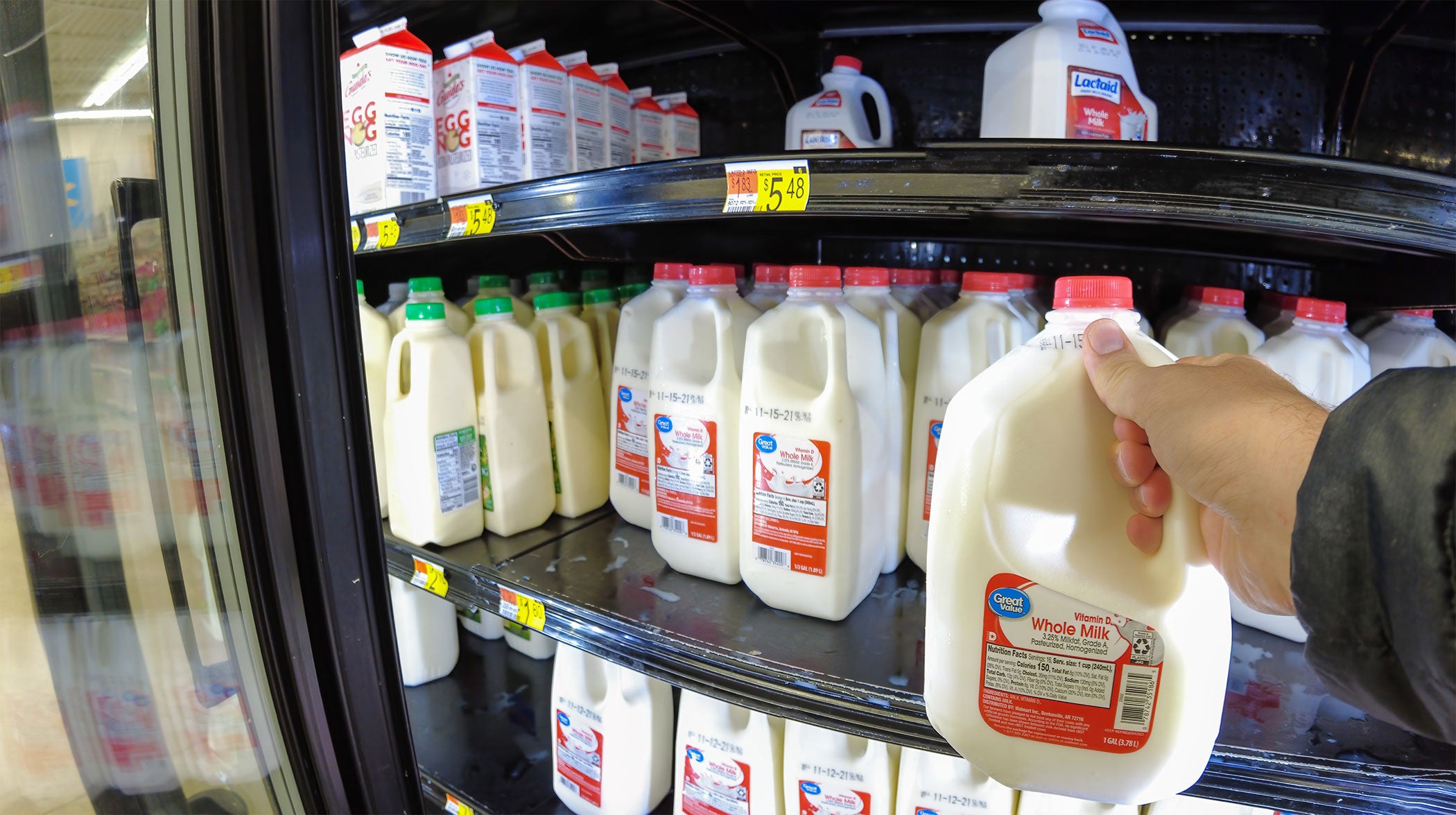
Despite pasteurization being one of public health’s most effective food safety interventions ever, the raw milk myths persist. The benefits of heating or boiling milk have been recognized since the early 1800s and have been used to reduce milk-borne illness and mortality in infants since the late 1800s.
Myth 3: Homemade mayo is just as safe as store bought
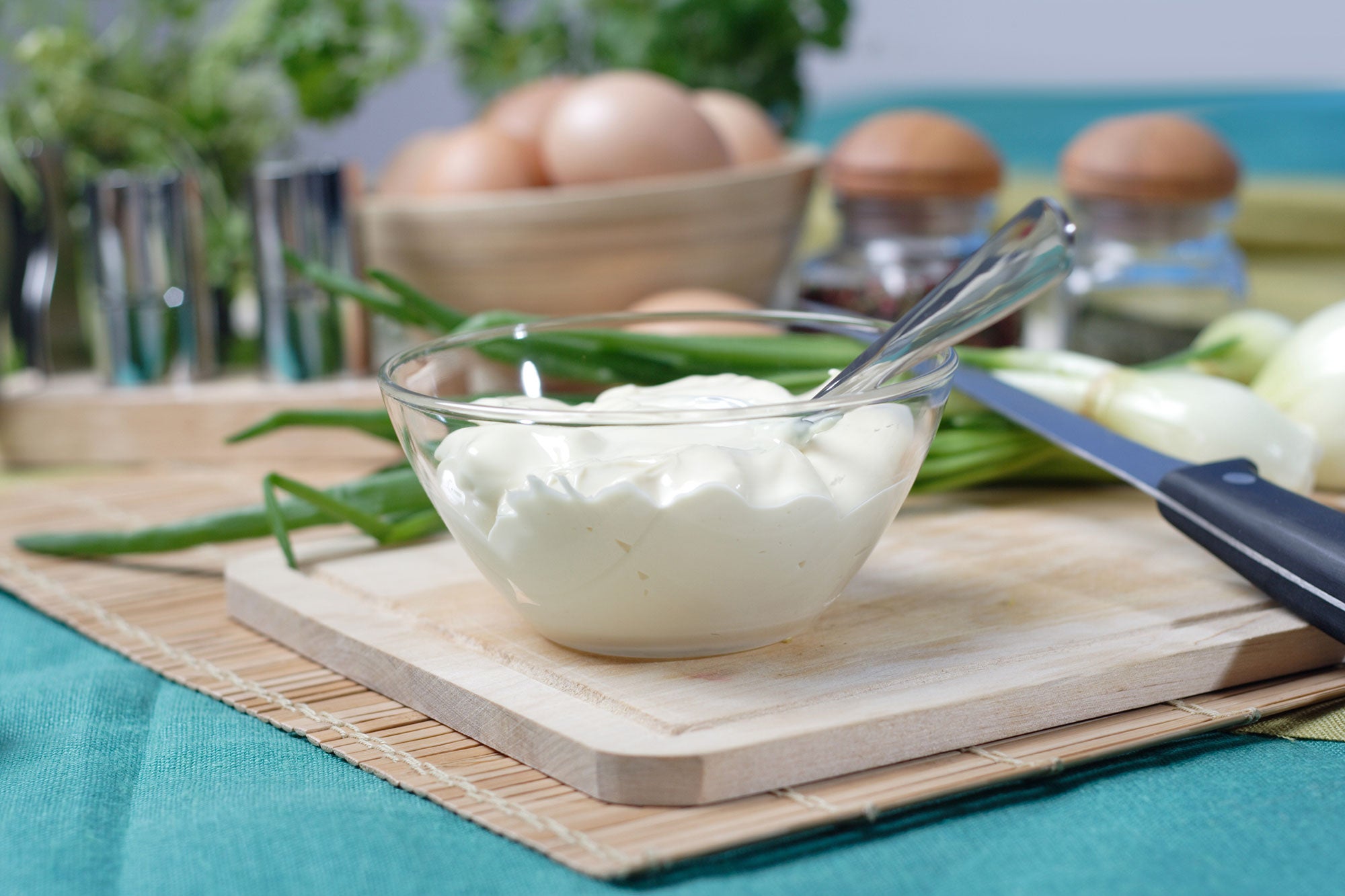
Image by sirtravelalot, Shutterstock
Commercial mayo products on store shelves are made with pasteurized eggs, so it’s safer than making it at home with non-pasteurized raw eggs. However, there is a way to make safe homemade mayo. According to the U.S. Department of Agriculture, “Homemade mayonnaise can be safely made if raw, in-shell pasteurized eggs or pasteurized egg products are used.”
Myth 4: Raw cookie dough is unsafe because of the raw eggs
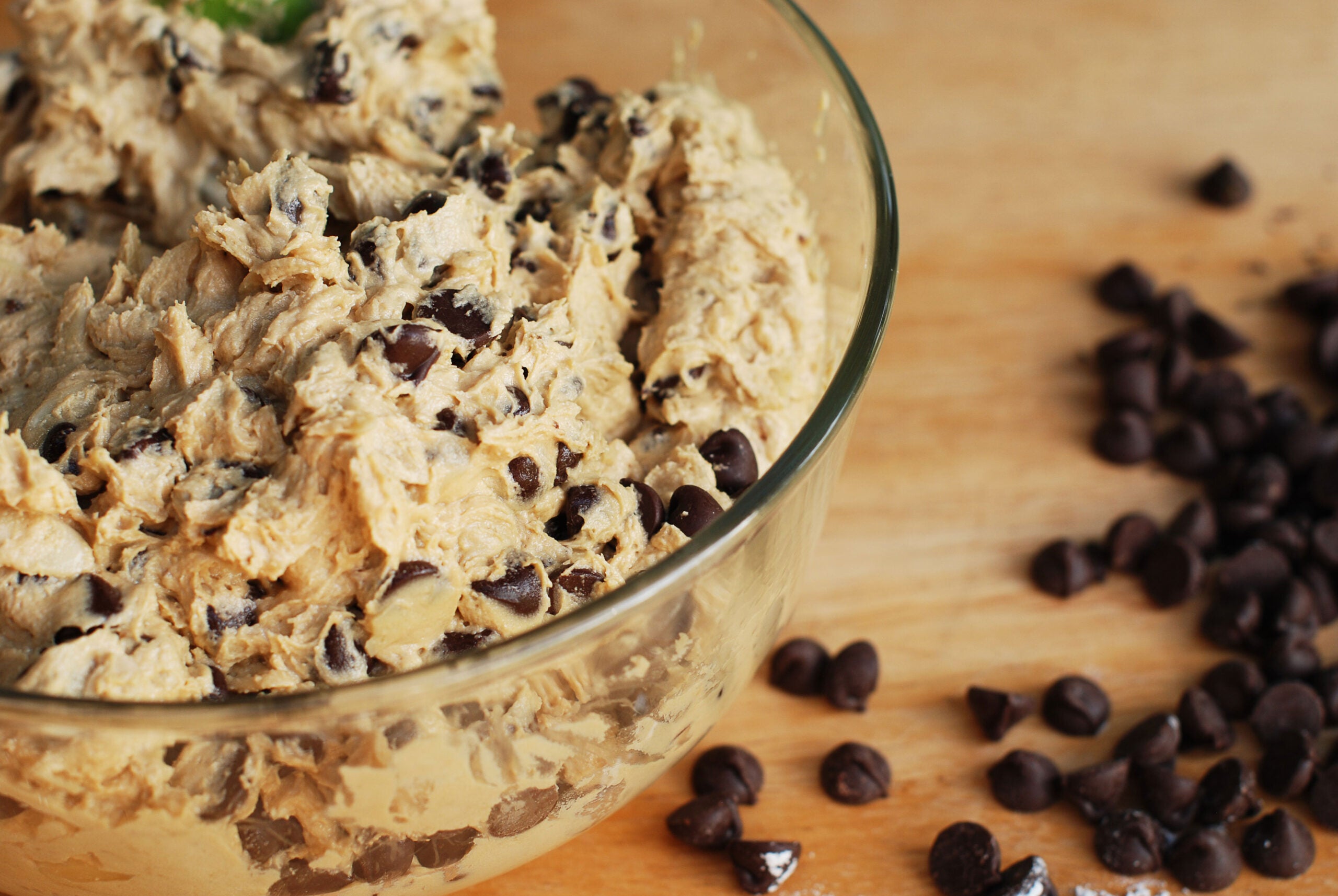
Raw cookie dough is unsafe due to raw eggs that could be contaminated with salmonella, but what many people don’t know is that it’s also unsafe due to the raw flour. Typically we don’t think of flour as being “raw,” but what this means is that it hasn’t been heat treated to kill bacteria that may cause food poisoning, such as Escherichia coli (E. coli). Baking is what kills these bacteria and makes it safe to eat.
Myth 5: Washing or rinsing poultry in the sink gets rid of harmful bacteria
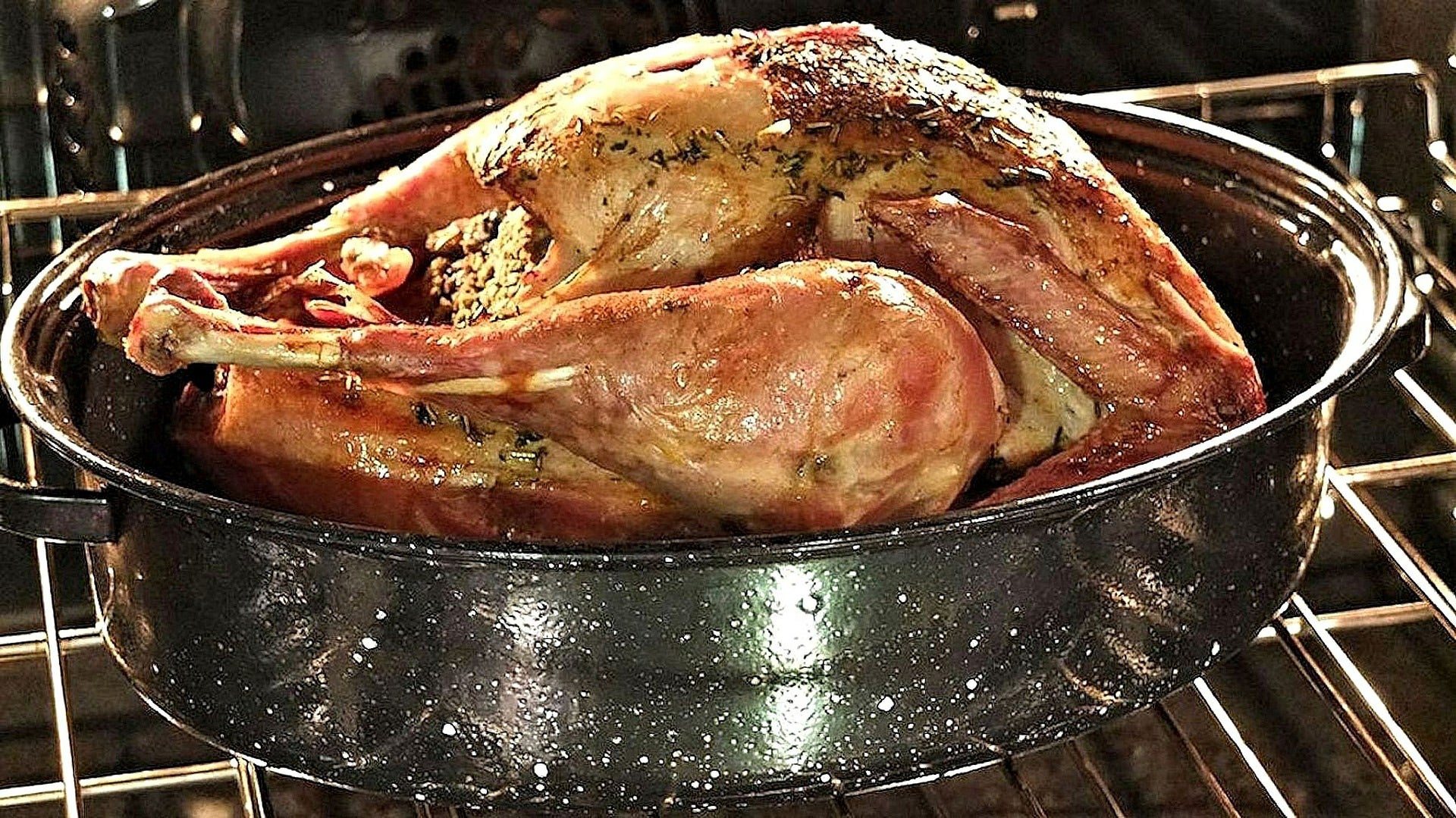
Washing or rinsing meat or poultry can cause the bacteria present in raw meat and poultry juices to be spread to other foods, utensils and surfaces. Recent USDA research found that washing or rinsing meat or poultry increases the risk for cross-contamination in the kitchen, which can cause foodborne illness. Cooking meat and poultry to the proper temperature kills bacteria.
Myth 6: Soak fruits and vegetables in a produce wash before consuming
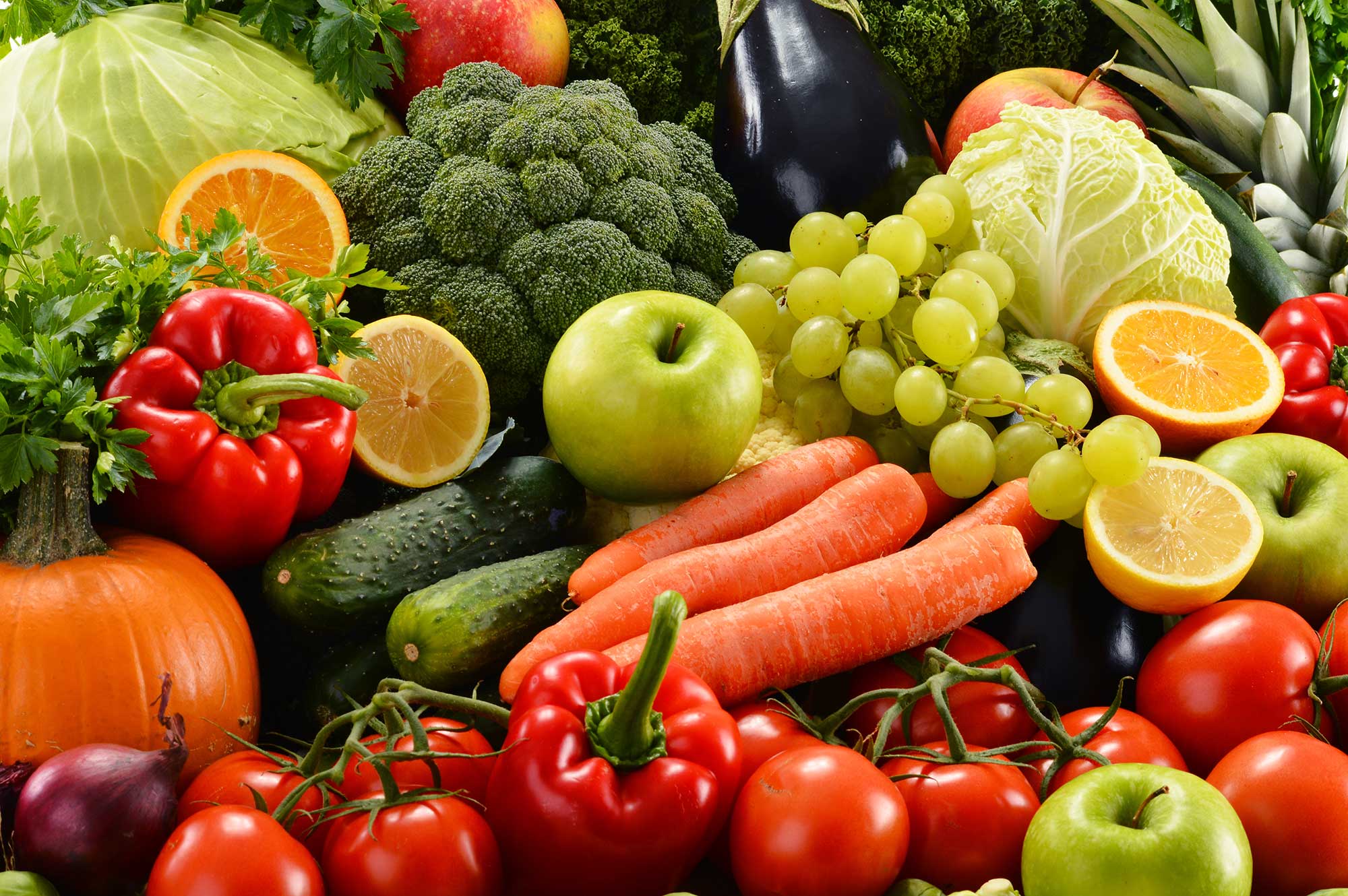
Washing fruits and vegetables with soap, detergent, or commercial produce wash is not recommended. The safety of the residues of commercial produce washes is not known and their effectiveness has not been tested. Washing produce thoroughly under cool, drinkable water is sufficient.
Myth 7: Moldy food is safe to eat as long as you cut out the moldy parts
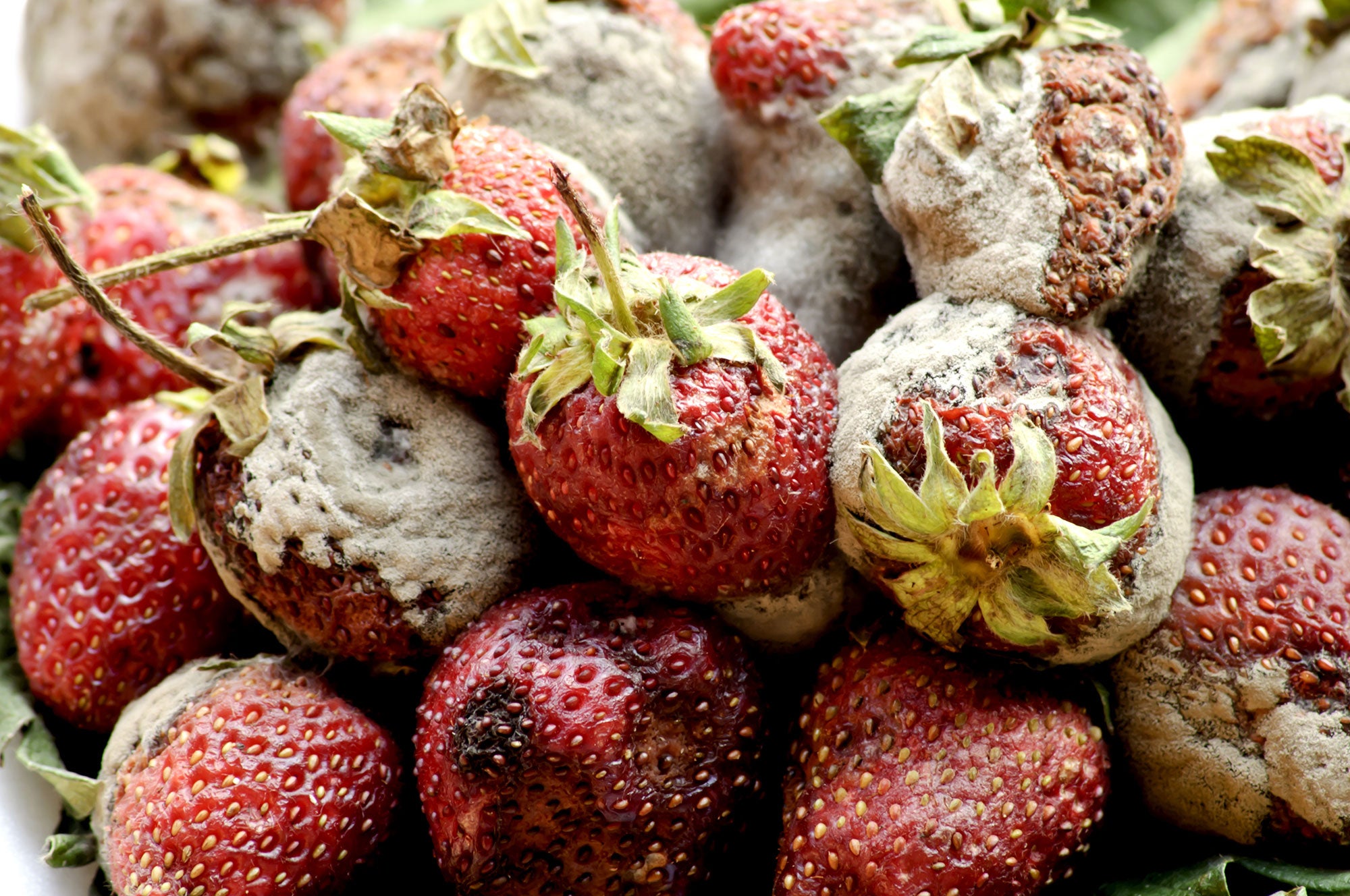
This is another one that is partially true, but it’s not true for all foods. Some molds cause allergic reactions and respiratory problems. In the right conditions, some molds produce “mycotoxins,” which are poisonous substances that can make you sick. According to the USDA, there are some foods, such as hard cheeses and firm vegetables that are ok to consume after cutting off at least 1 inch around and below the mold spot. There are many other foods that should be discarded if they contain molds that are not a part of the manufacturing process.
Myth 8: You should rinse pre-packaged salad greens
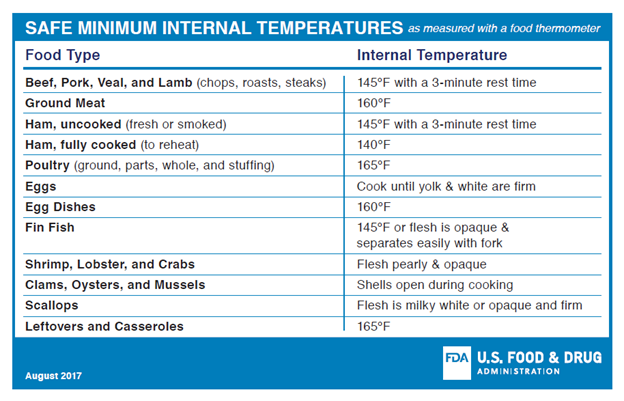
Leafy green salads in sealed bags labeled “pre-washed” or “ready-to-eat” do not require additional washing unless directed on the label. Additional washing at time of use isn’t likely to increase safety, and in fact, washing could increase risk of cross-contamination if it comes into contact with unclean surfaces or utensils.


